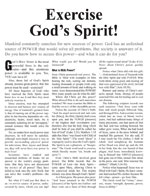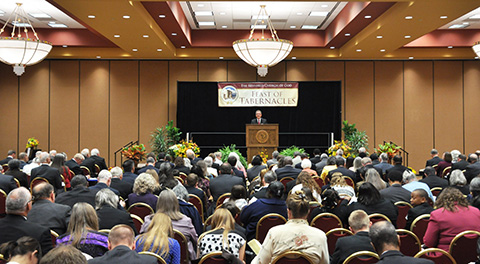These words signify lights and perfections, or, as the Septuagint render them, revelation and truth.
The Bible omits any actual illustration of these intriguing and fascinating objects. There are other traditional sources of information, however, that are helpful.
The High Priest in ancient Israel wore them, as recorded in Exodus 28:30 and Numbers 27:21. He consulted this oracle, ordained by God, on all public or national emergencies, by going into the Holy Place, standing by the veil, that separated the Holy of Holies, and placing his hand on the Urim and Thummim. He thus conveyed a petition and asked God for His ruling. God would respond with His judgment and His instructions for Israel to follow.
The Urim and Thummim were part of very elaborate and complex vesture or garments. The Ephod, a richly decorated object, was part of this vesture, with the Breastplate or Breastplate of Judgment, in which the Urim and Thummim were placed.
The Urim, two sardonyx stones, were each kept in a square pouch, on the Breastplate, near the shoulders of the High Priest. The names of the twelve tribes of Israel were engraved on the two stones. According to the famous Jewish historian, Josephus, one of the two stones shone brightly, when God was present, in a vivid unnatural way, so it could be seen at great distance.
The Thummim consisted of twelve stones “extraordinary in largeness and beauty,” as described by Josephus, in his book Antiquity of the Jews, book three, chapter seven. Each stone had the name of a tribe of Israel engraved on it. They were inserted into the Breastplate, and shone with great splendor when God showed they were going to be victorious in battle (chapter 8).
In addition to the two scriptures above, you can find help by reading Leviticus 8:7-8, Deuteronomy 33:8, I Samuel 28:6 and Ezra 2:63.


















